New paper showing differences between rate and place coding in the first and second cochlear turns12/9/2018 Landsberger, D. M., Marozeau, J., Mertens, G., and Van de Heyning, P. (2018). "The relationship between time and place coding with cochlear implants with long electrode arrays," The Journal of the Acoustical Society of America 144, EL509-EL514.
Download here.
0 Comments
Curious about the sound differences between these three different ways of presenting 100 Hz on a single electrode of a cochlear implant? If so, read our new paper:
Stupak, N., Padilla, M., Morse, R. P., and Landsberger, D. M. (2018). "Perceptual Differences Between Low-Frequency Analog and Pulsatile Stimulation as Shown by Single- and Multidimensional Scaling," Trends in Hearing 22, pdf We have a new paper out that demonstrates a method of reducing power requirements to reach a comfortable loudness with a cochlear implant. If implemented in a cochlear implant sound processing strategy, it could potentially lead to significant battery savings.
Todd, A. E., and Landsberger, D. M. (2018). "The effect of polarity order and electrode-activation order on loudness in cochlear implant users," The Journal of the Acoustical Society of America 144, EL112-EL118. pdf We have built the very first prototype of the SEDA noise reduction algorithm for Apple iOS devices. SEDA is designed to remove background noise consisting of other people talking. This version of the algorithm runs real-time with a latency of approximately 15 ms.
We are in the process of formally evaluating the prototype. While these results are not yet in, we think the algorithm sounds like it works well. Take a listen to an example yourself in the above video.
For more information, check out the article (downloadable below) or the SEDA webpage.
Soleymani, R., Selesnick, I. W., and Landsberger, D. M. (2018). "SEDA: A tunable Q-factor wavelet-based noise reduction algorithm for multi-talker babble," Speech Communication 96, 102-115. pdf We have a new paper out in Trends in Hearing. In this paper, we played a song (Happy Birthday) using temporal information only to both cochlear-implant (CI) and normal-hearing (NH) listeners. Both groups were insensitive to changes in tuning (i.e. if the melody was played in or out of tune) when played using only temporal information. However, listeners were highly sensitive to changes in tuning when played using pure tones (i.e. with both temporal and place information). These results suggest that temporal coding of pitch is insufficient to convey proper musical intervals. Furthermore, listeners with a CI in one ear and NH in the other performed like NH listeners with the NH ear and CI listeners with the implanted ear, suggesting that the limitations in CI performance are not related to CI listeners’ lack of familiarity with music perception.
Todd, A. E., Mertens, G., Van de Heyning, P., and Landsberger, D. M. (2017). "Encoding a Melody Using Only Temporal Information for Cochlear-Implant and Normal-Hearing Listeners," Trends in Hearing 21. pdf We've got a new paper out on the use of research interfaces with cochlear implants. Its also my first paper with Ruth Litovsky, Matt Goupell, and Alan Kan.
Litovsky, R. Y., Goupell, M. J., Kan, A., and Landsberger, D. M. (2017). "Use of Research Interfaces for Psychophysical Studies With Cochlear-Implant Users," Trends in hearing 21. pdf We received this really cool "Thank You" note from Matt Winn and the Listen Lab at the University of Washington. I love the handshake / high five between the Listen Lab mascot (left) and the Ear-Lab mascot (right). I've been meaning to post this for quite a while now.
Back from a quick trip to Cyprus. David Landsberger gave a key-note talk on pitch perception. Now two weeks at home and off to Los Angeles!
We've got a new paper out from our collaboration with Justin Aronoff and Julia Stelmach from the Binaural Hearing Lab at the University of Illinois.
In this paper, we found that nine pitch matches are sufficient for accurately determining pitch matches across the array. This requires approximately 7 min of testing, indicating that accurate pitch matching can be accomplished in a clinically feasible timeframe. |
EAR LabThis is where we provide updates from the lab Archives
December 2018
Categories |

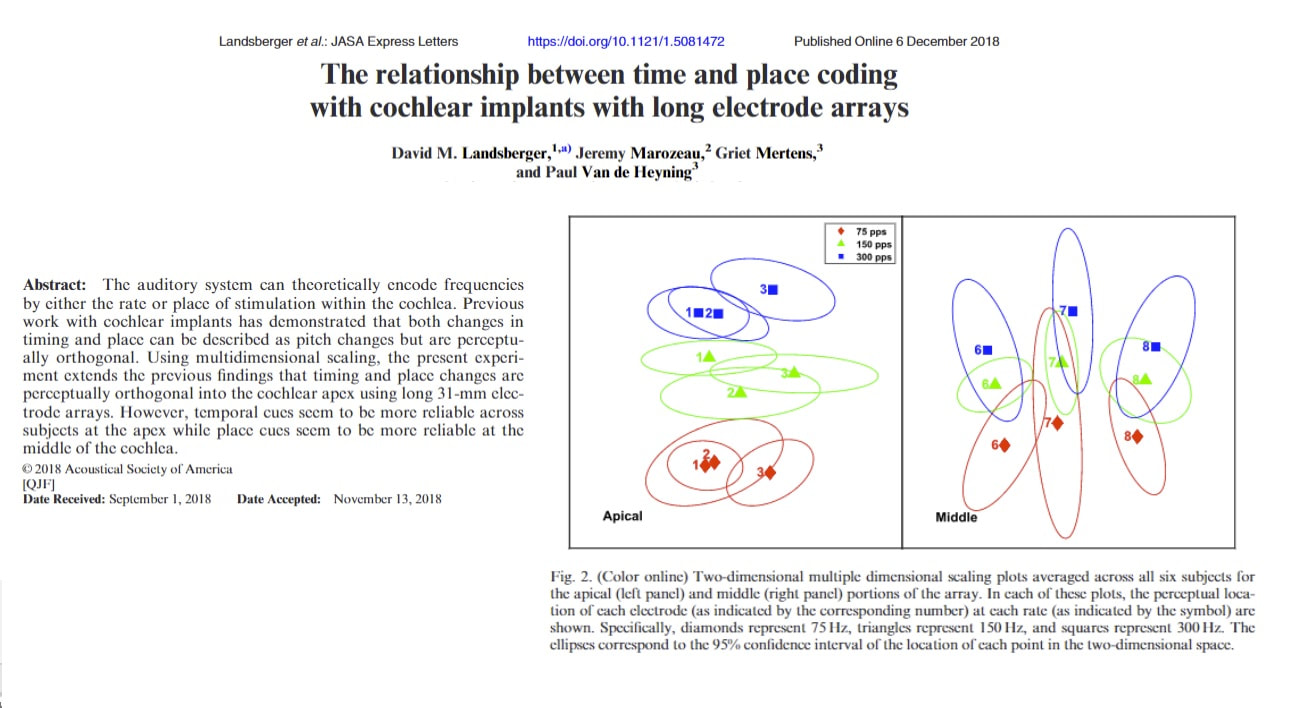
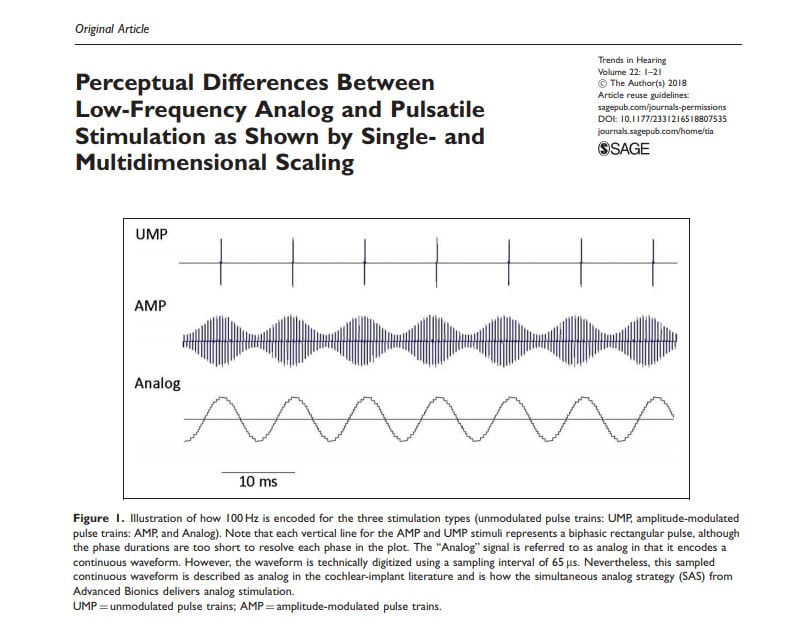
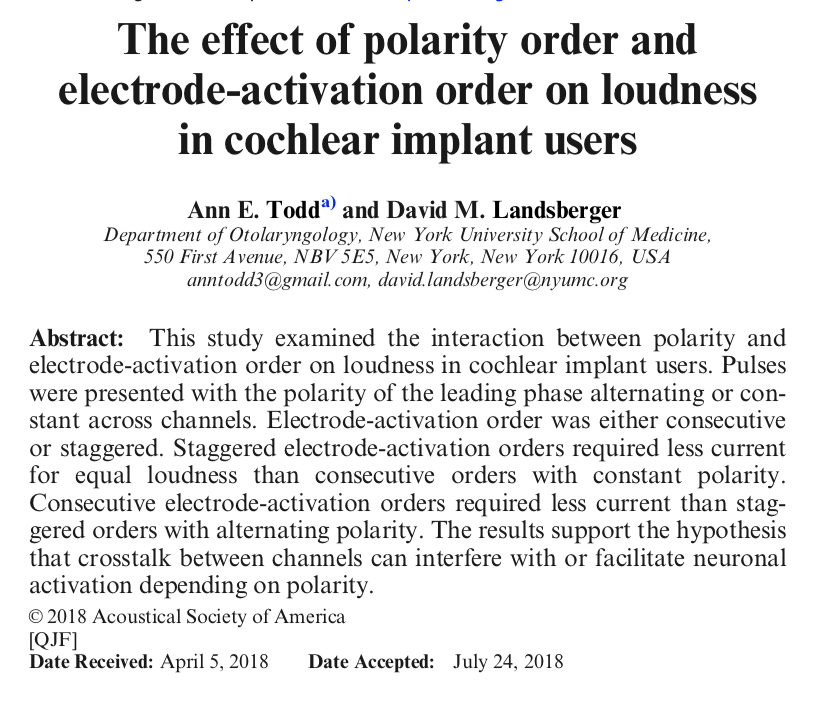
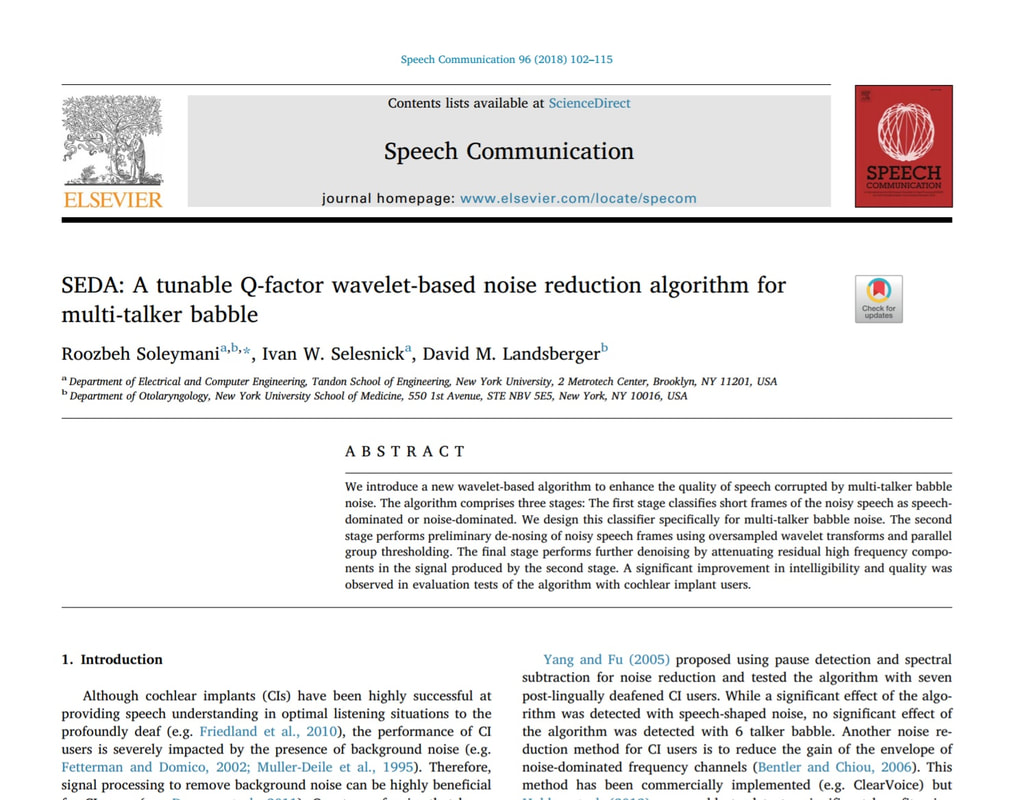
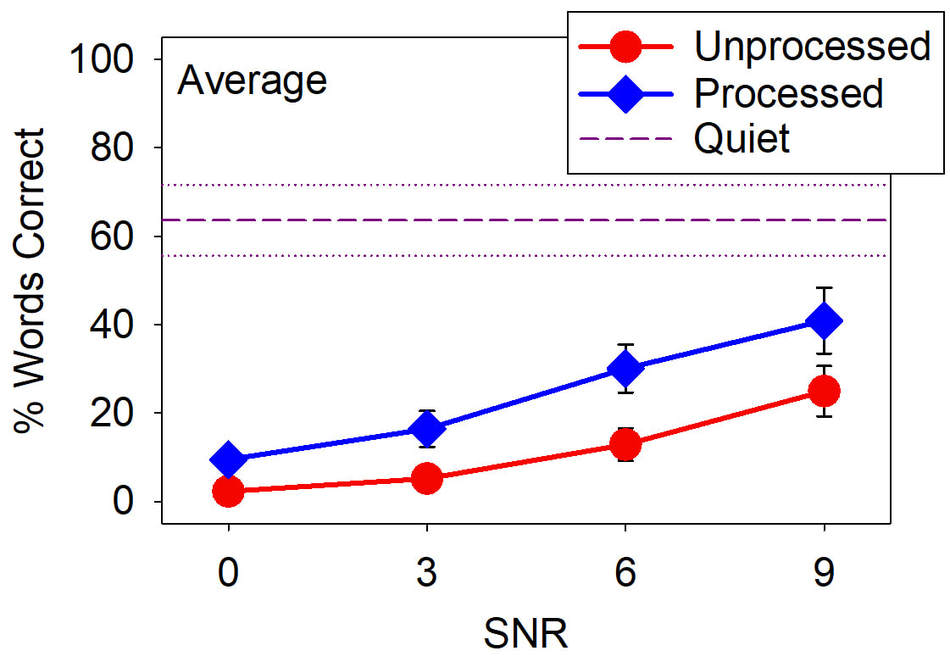
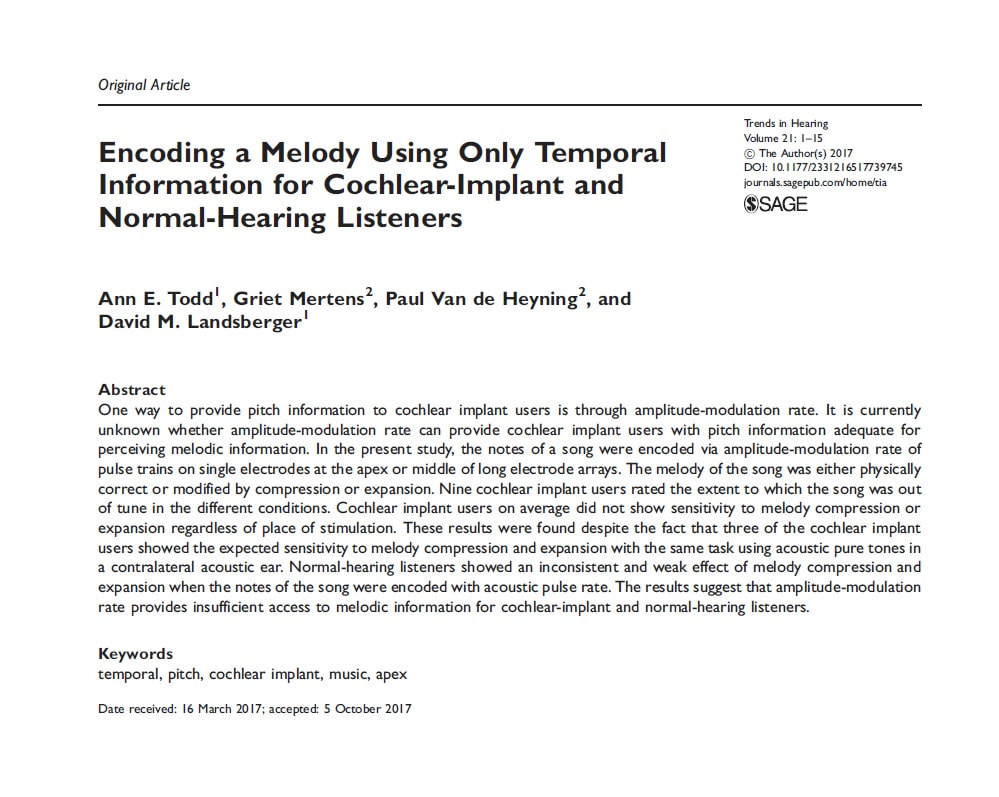
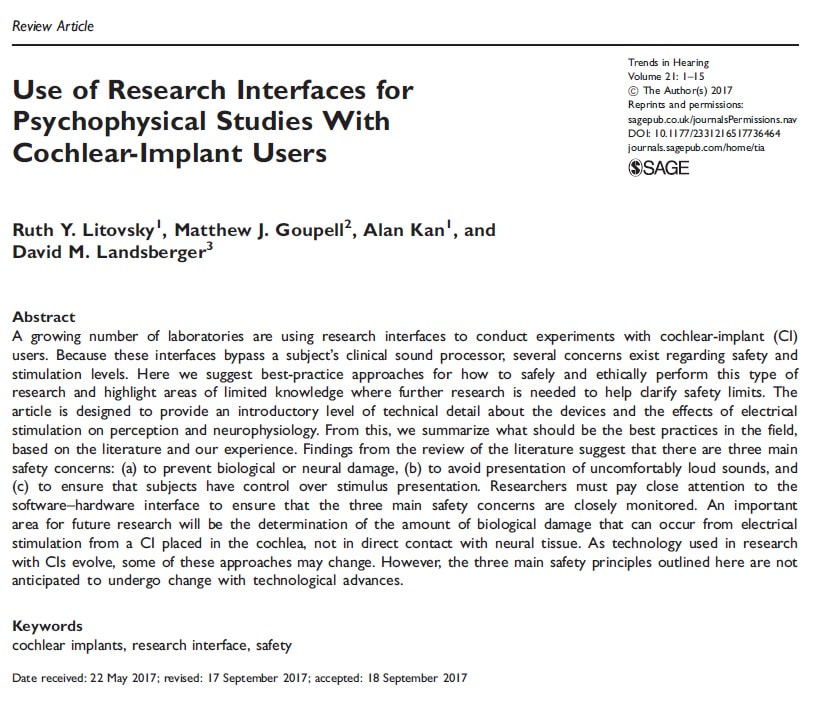
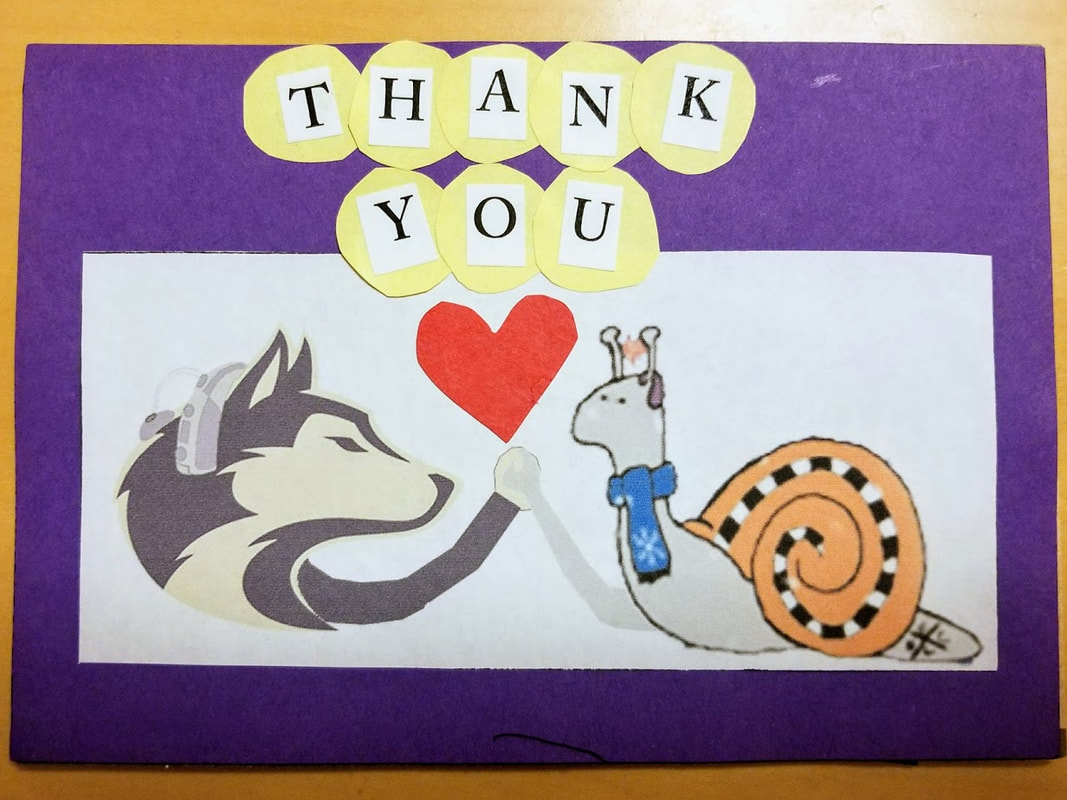
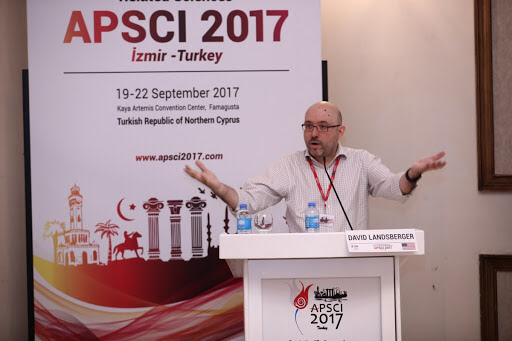
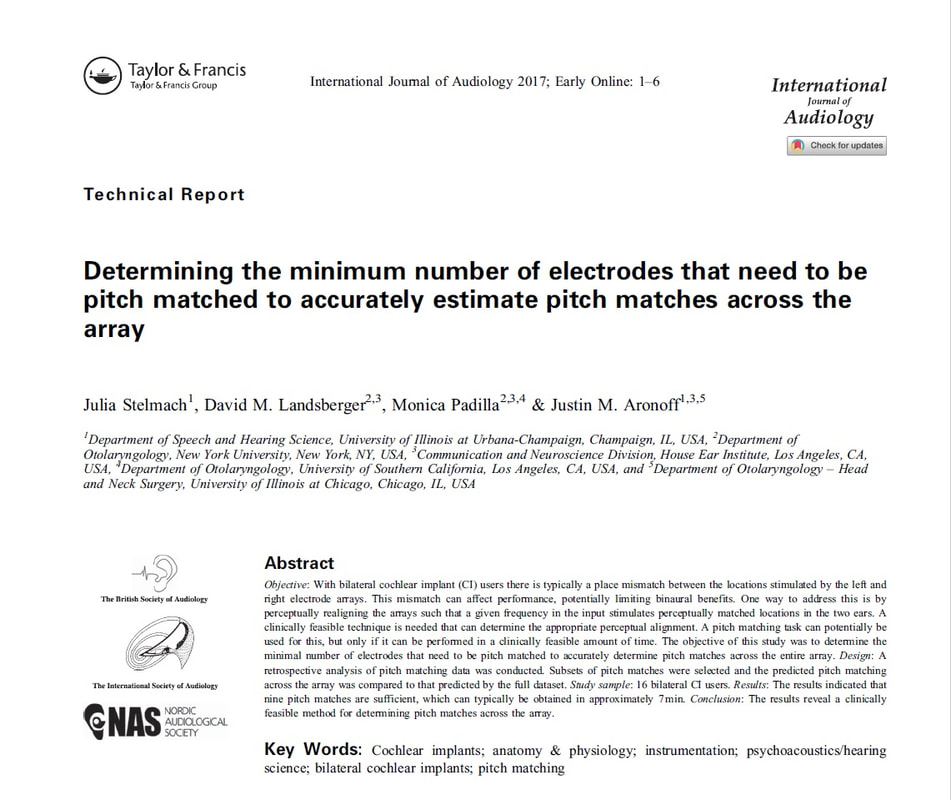
 RSS Feed
RSS Feed